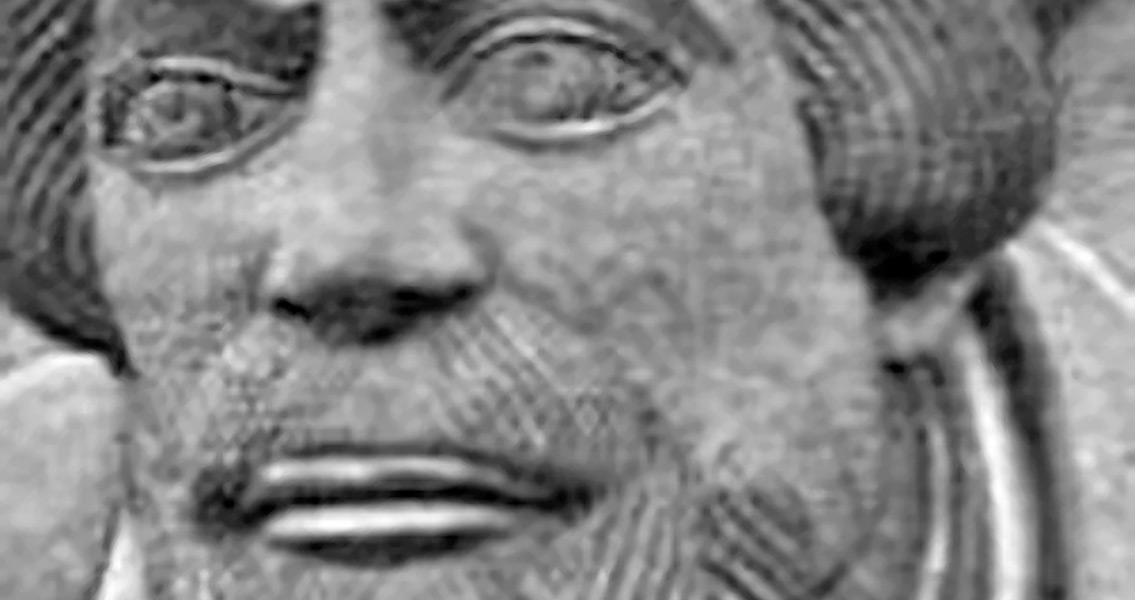<![CDATA[In Trondheim, Norway, archaeologists have discovered a human skeleton at the bottom of a well at an abandoned castle – evidence that the historical events from 1197, as described in Sverre’s Saga, are true. The saga is one of the chronicles included in the Kongesagaer (Kings’ sagas) which detail the lives of historic medieval Norwegian kings. Composed between the twelfth and fourteenth centuries in Norway and Iceland, the Saga is one of just a few historical documents in existence that describe events which occurred in the Viking age, although scholars have long-questioned the trustworthiness of the chronicles as historical manuscripts. Now, however, at least one piece of the saga seems to have been true, down to the smallest detail in fact. In 1197, King Sverre Sigurdsson and his army of Birkebeiner mercenaries were confronted and defeated by the Baglers at his castle, Sverresborg. The Saga tells of the Baglers burning down the castle's buildings and destroying the stronghold's water supply by tossing one of the King’s dead men in the well and filling it with rocks. During a partial excavation of the well, archaeologists were able to retrieve a piece of the skeleton located at the bottom. Radiocarbon analysis of the bone fragment produced a date of an individual who had lived, and died, during the last part of the twelfth century – which directly corresponds to the dates in the Saga. From 1184 to 1202, Sverre Sigurdsson was the King of Norway, and a number of scholars consider him to have been one of the most important rulers in the history of the country. He ascended to the throne (which he shared with King Magnus Erlingsson) as the leader of the rebel party, the Birkebeiner. After Magnus was defeated in battle in 1184, Sverre acted as the sole king. Because of his differences with the church, Sverre was excommunicated in 1194, leading to a civil war which lasted beyond his death in 1202. Partly written while he was still alive, Sverre’s Saga is considered to be his biography, although the Saga is probably biased considering it was sponsored, in part, directly by Sverre himself. Correspondence between the Norwegian bishops and the Pope are an alternate source of information on events pertaining to the king's excommunication, and experts have found that the letters of correspondence and the Saga are mostly in agreement about the facts. This year, archaeologists with the Norwegian Institute for Cultural Heritage Research have returned to completely excavate the well and hope to remove all of the the layers of stone, and ultimately, the complete skeleton. There are no other known examples of individual remains that can be historically connected to an act of war as far back as 1197. The Sverresborg archaeologists are being assisted by a forensic specialist with the Trondheim police district (adding to the atmosphere of a brutal crime scene), while the Norwegian Directorate for Cultural Heritage is funding the excavation. ]]>
Skeleton Proves an 800-Year-Old Viking Saga
